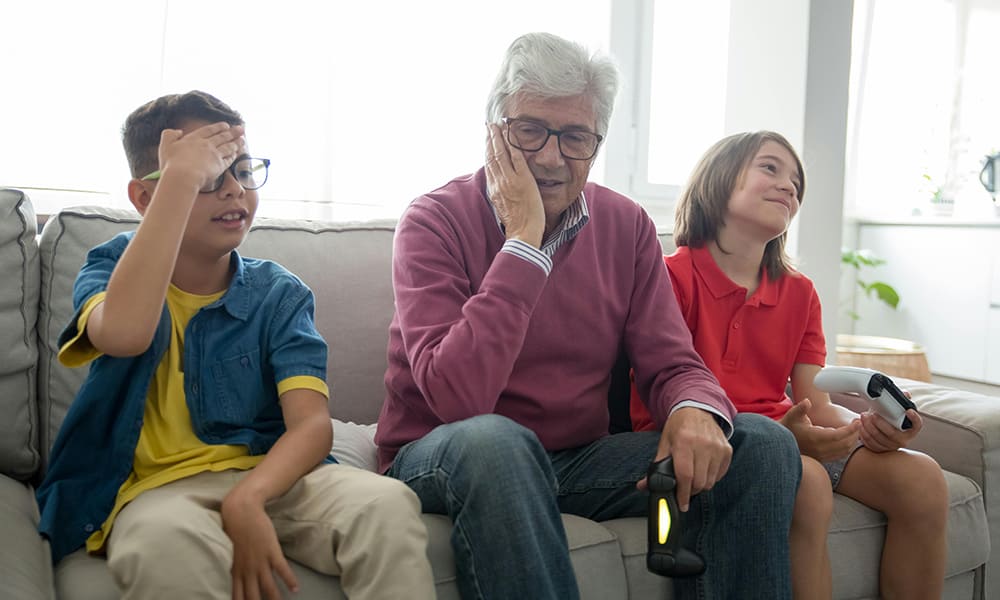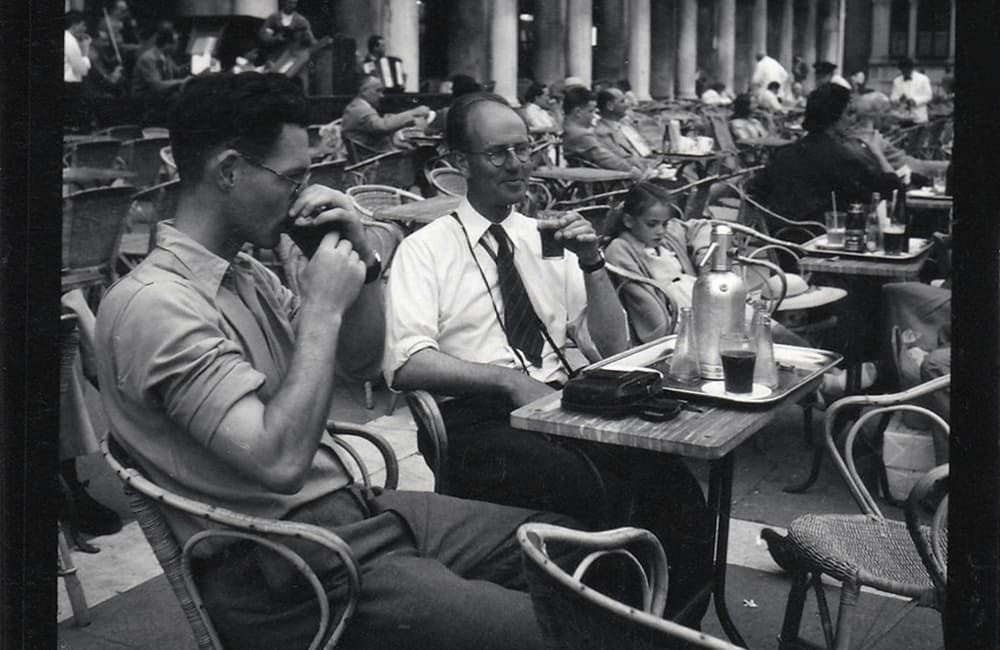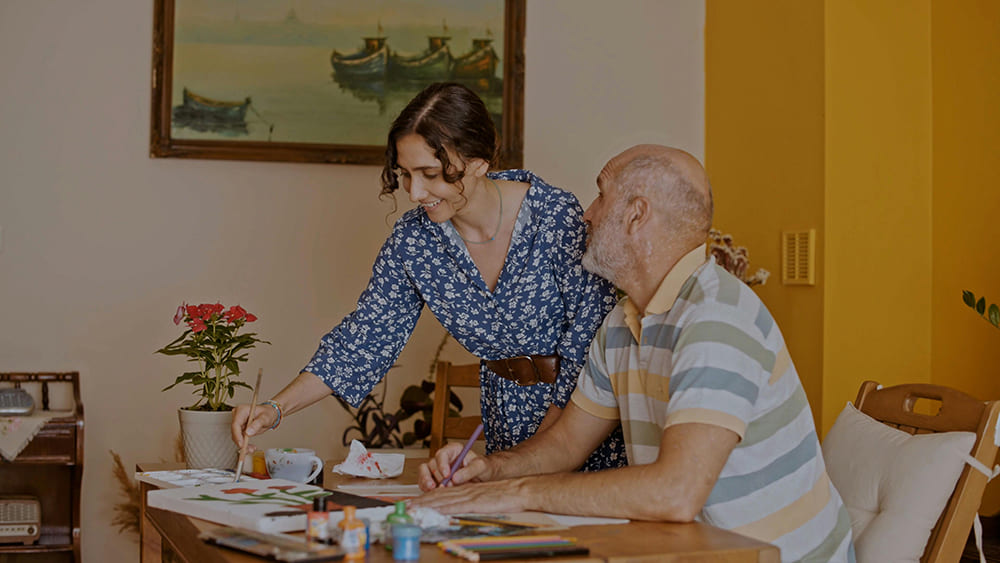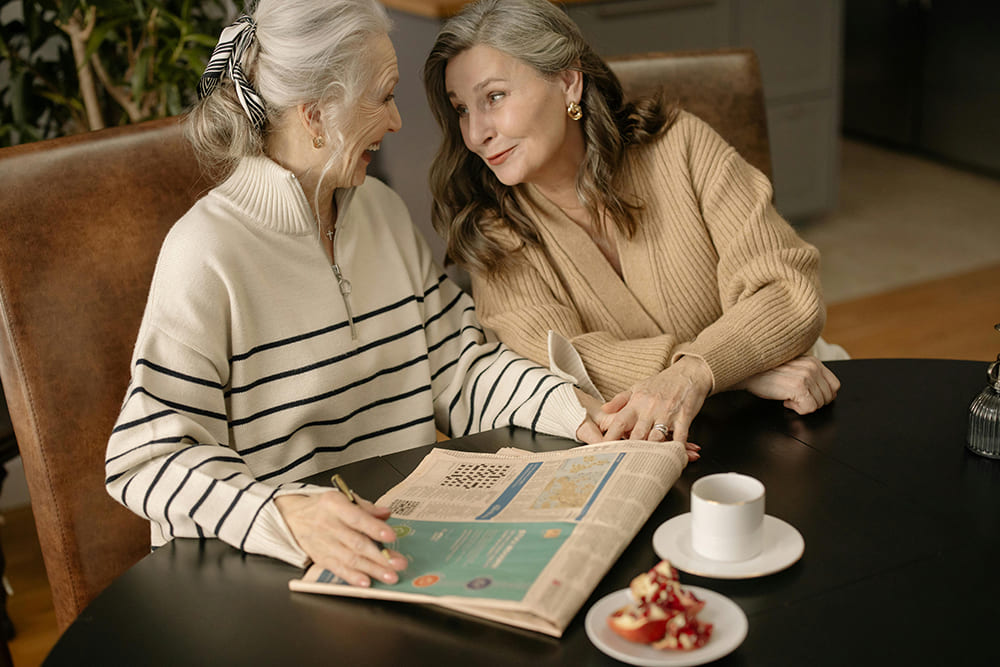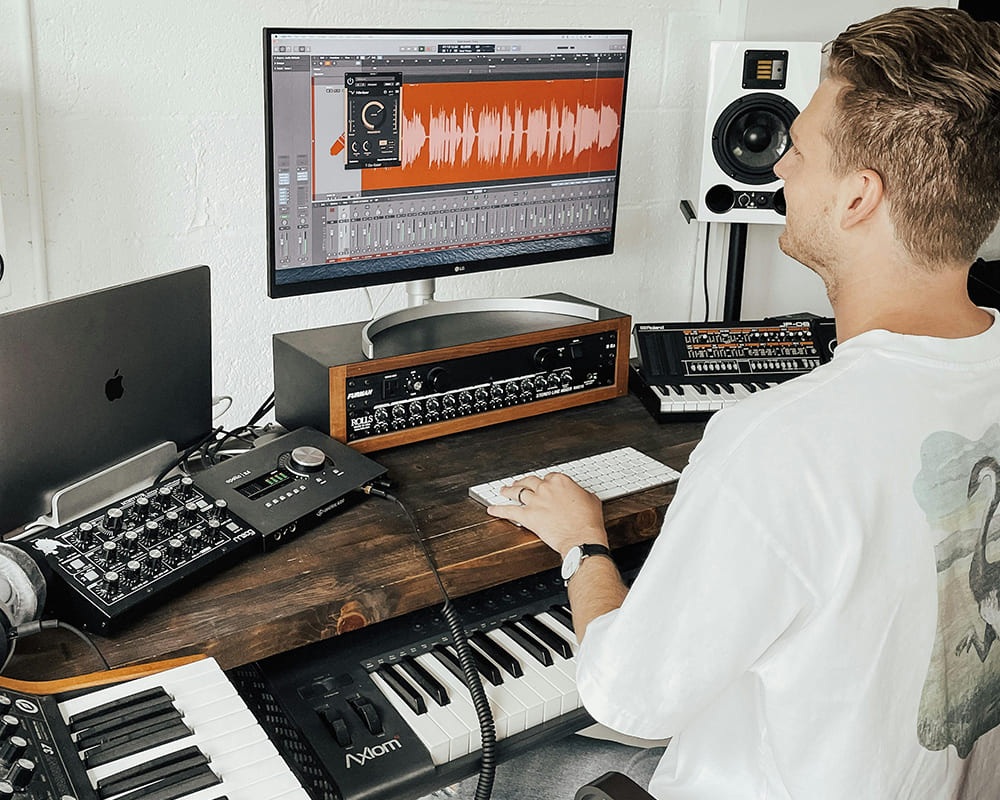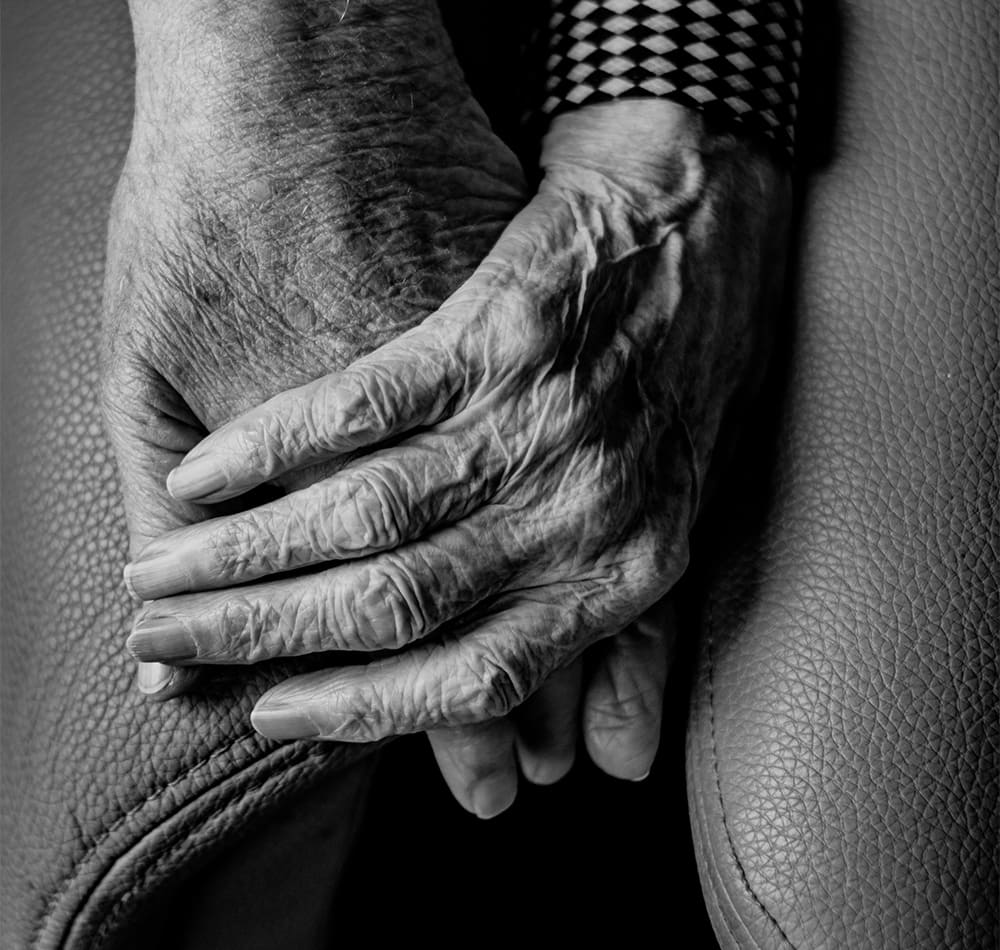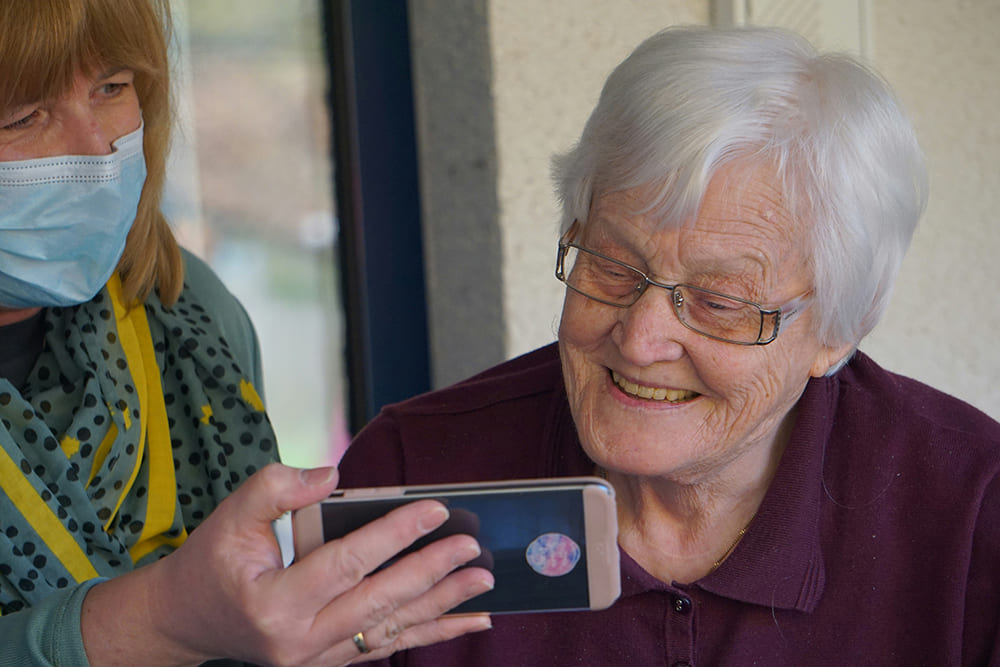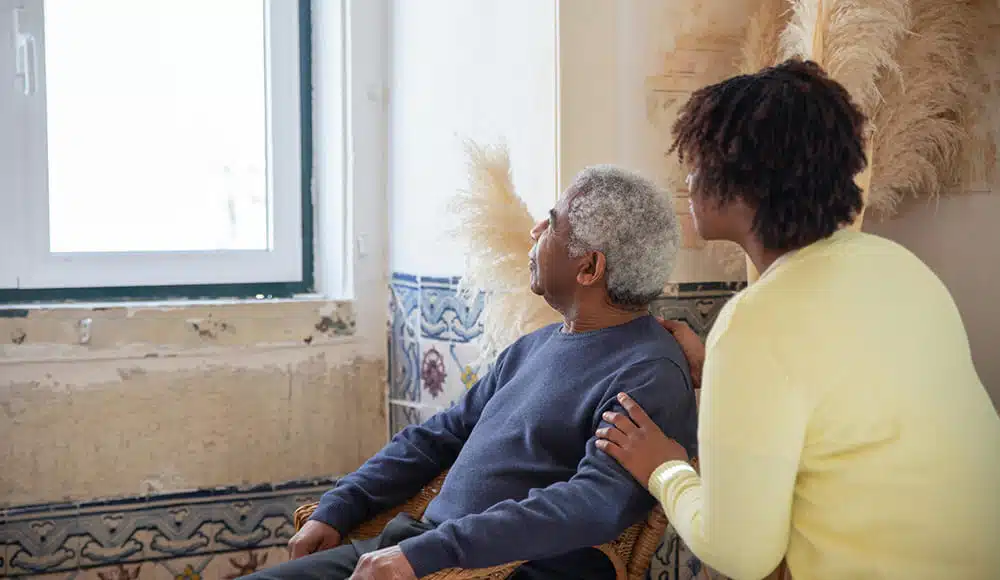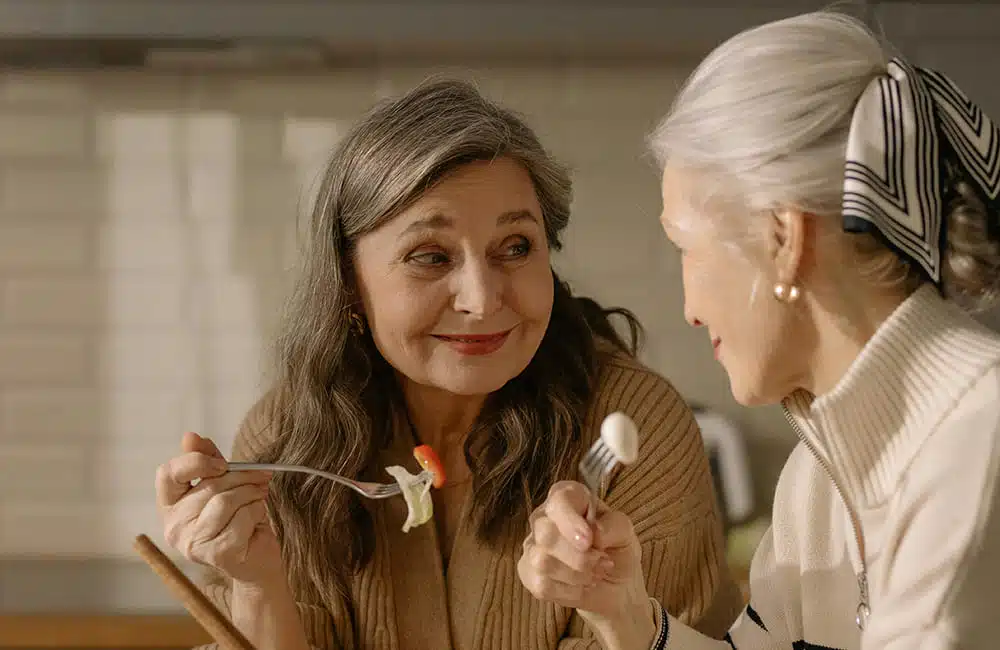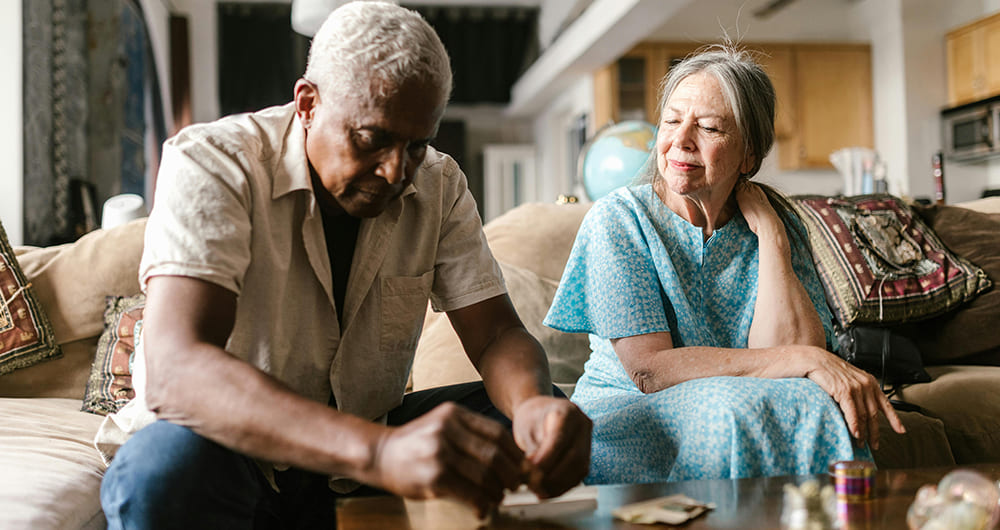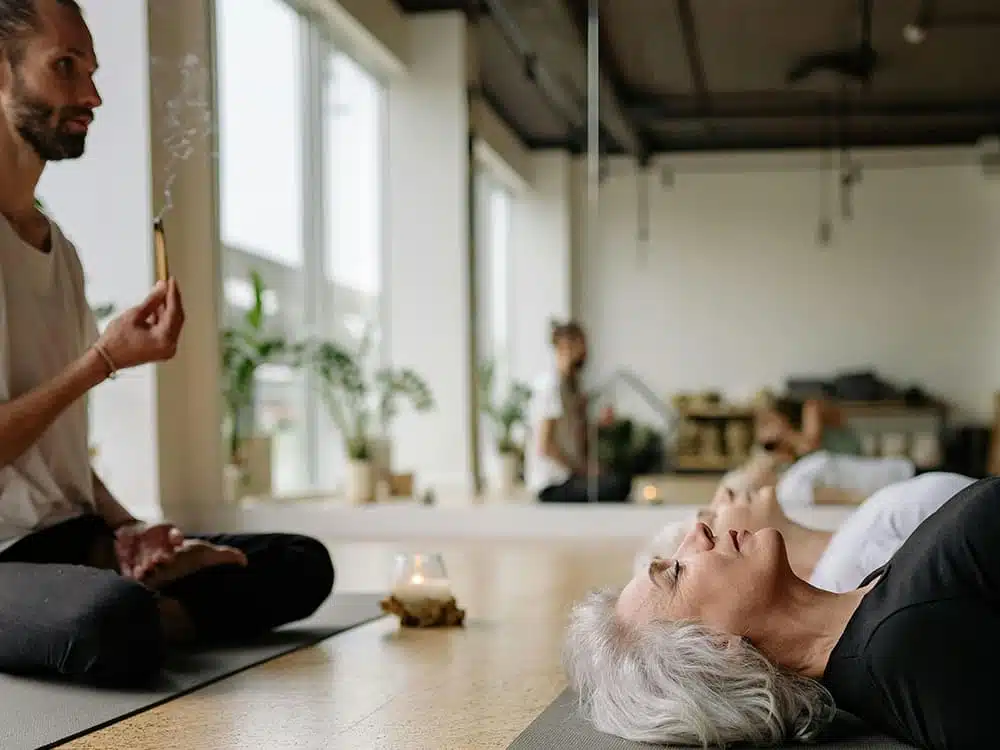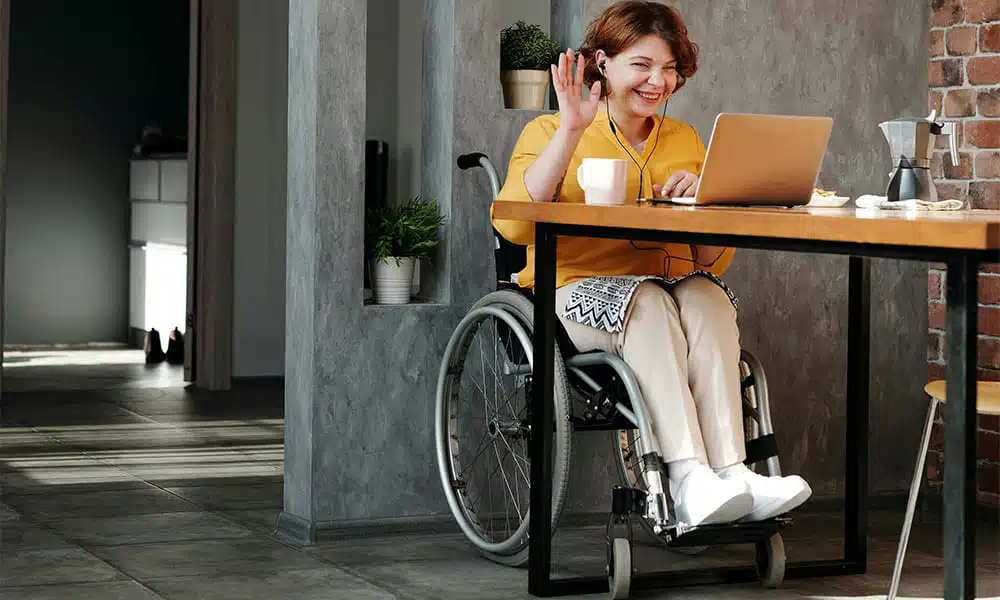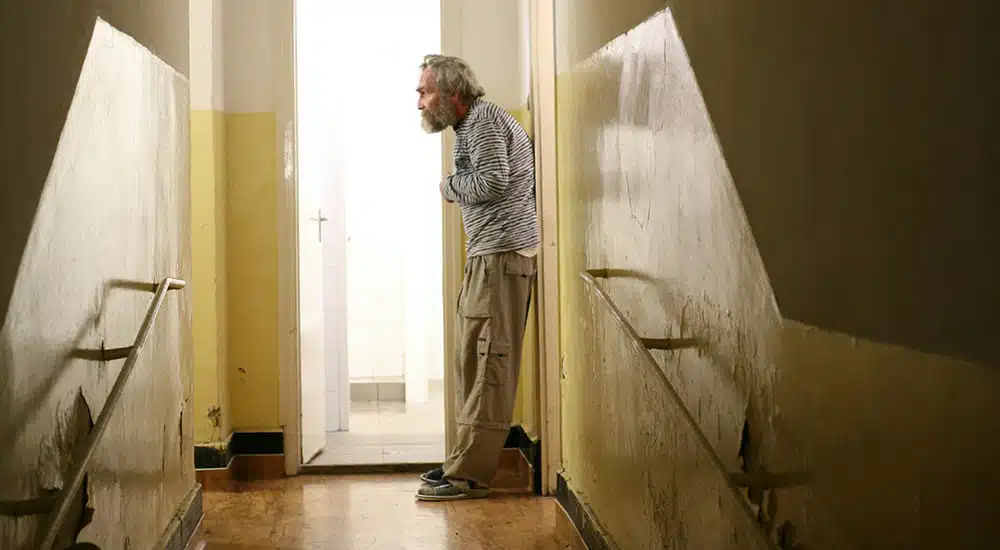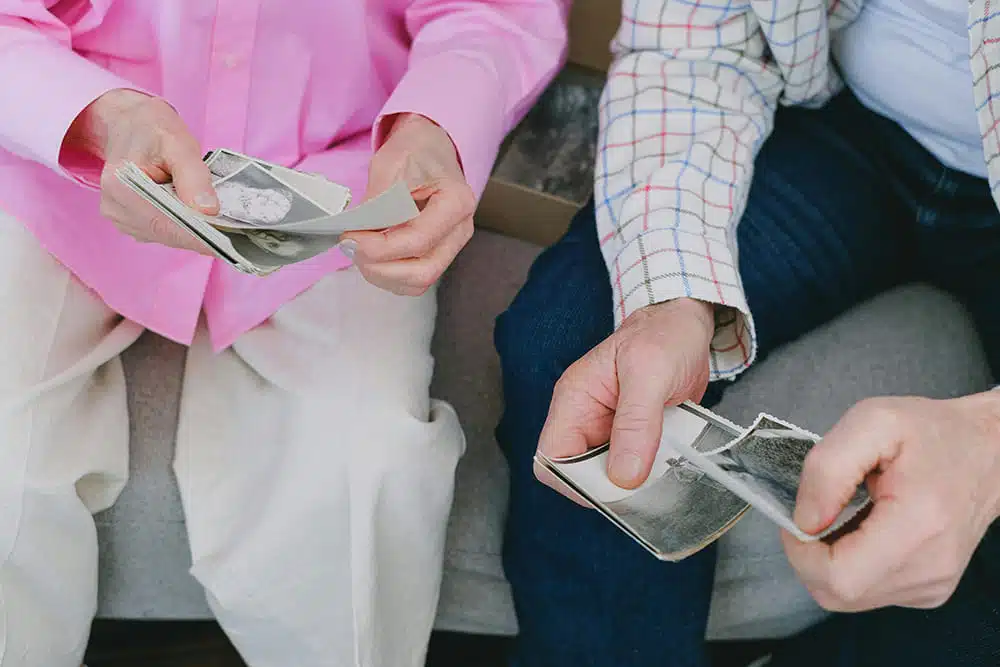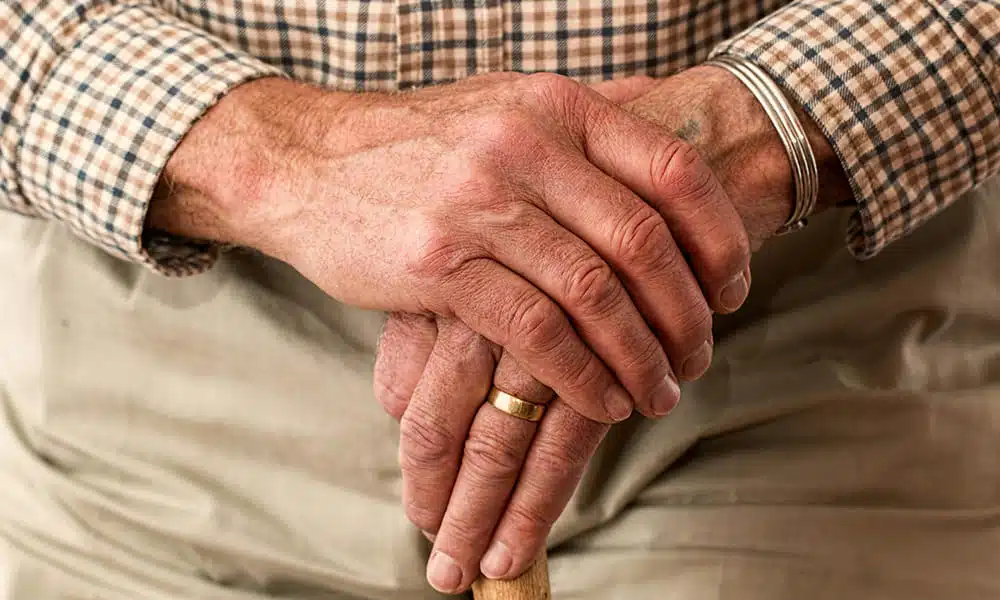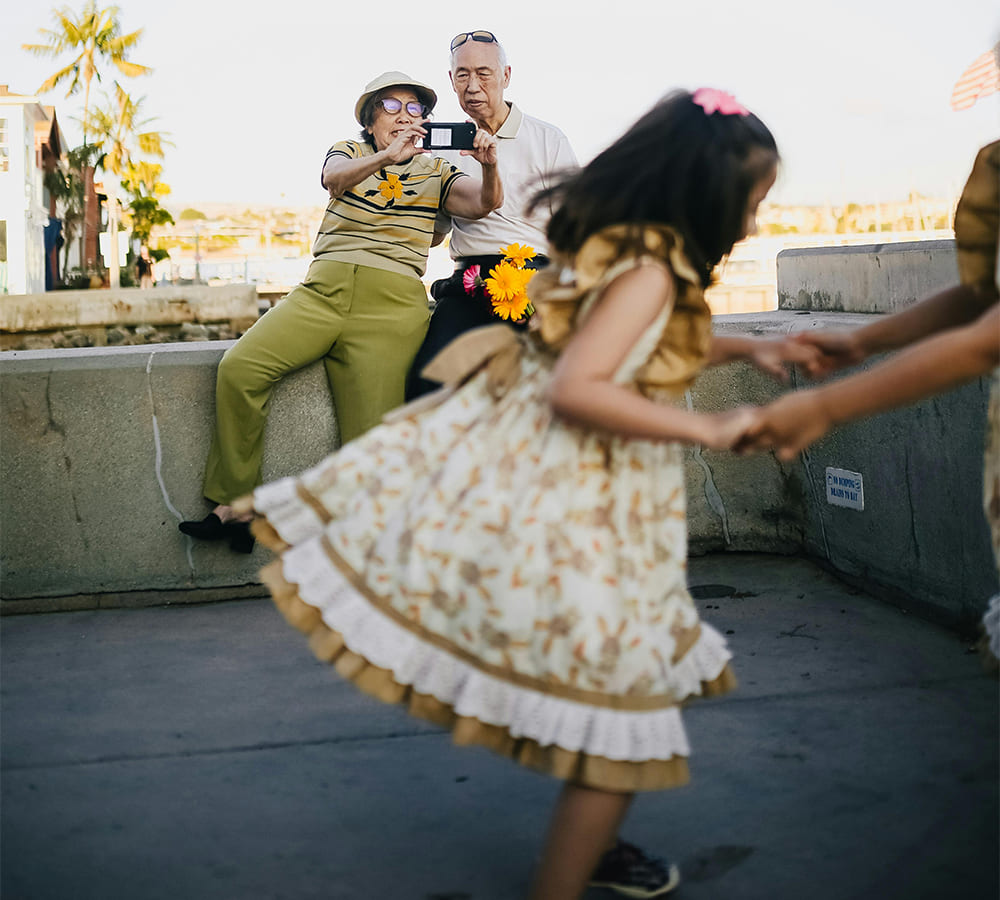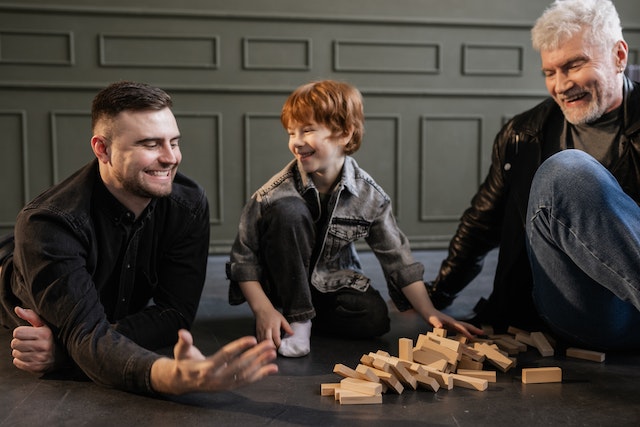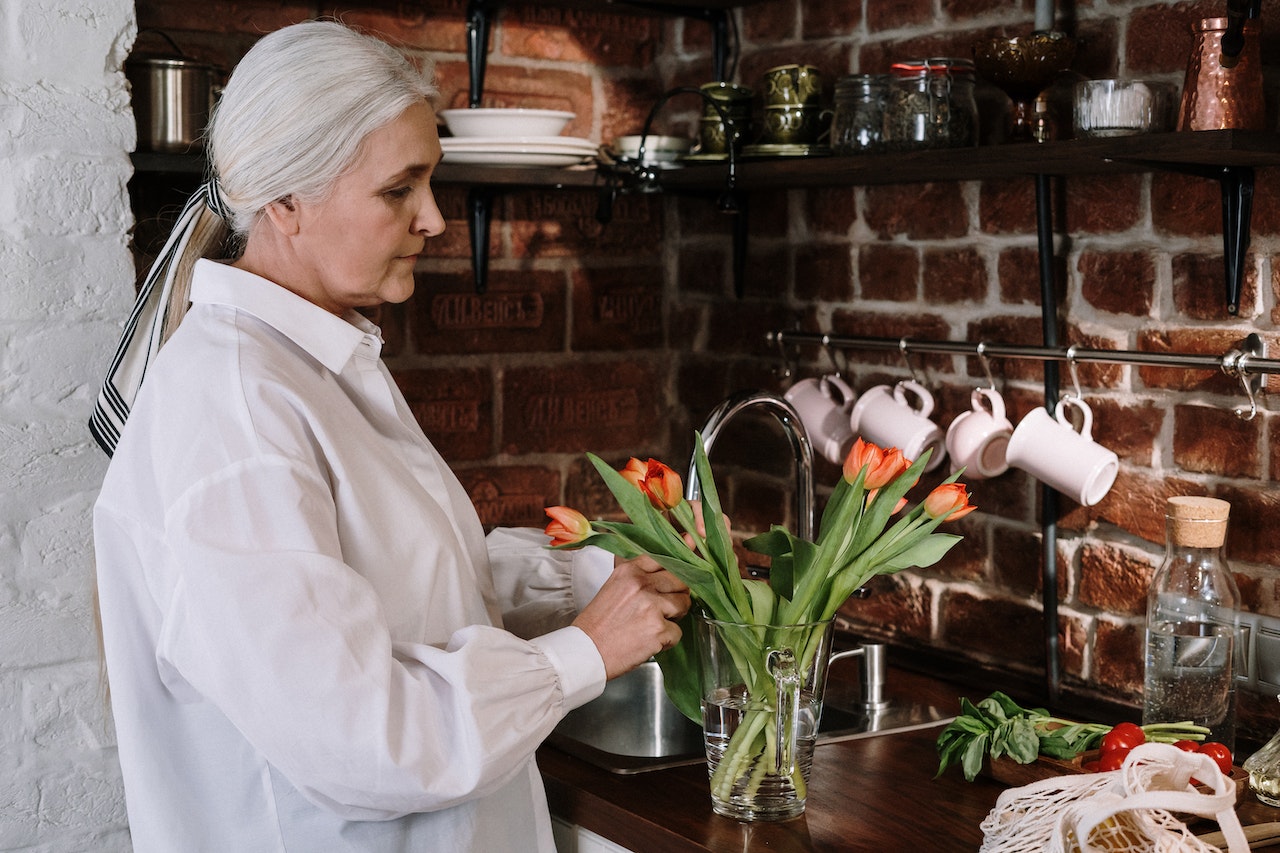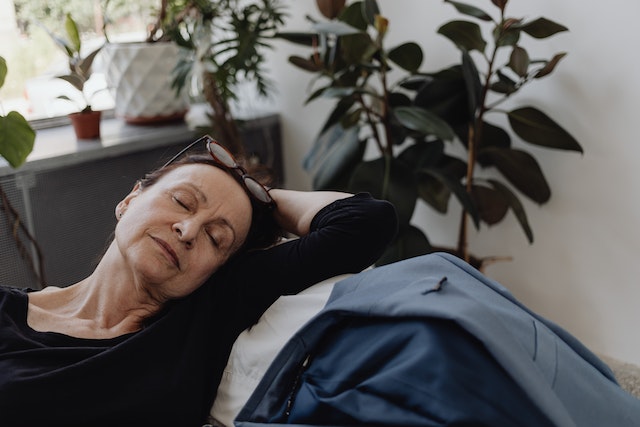
Christopher Ravn
Key Takeaways
1. Craft activities for dementia patients are essential so that they can evoke a sense of accomplishment, fulfilment, and other cognitive benefits.
2. When it comes to easy crafts for seniors with dementia, it is important to know that these crafts need to be simple and require minimal effort and items.
3. To plan craft activities for older adults with dementia, it is important to consider their interests and abilities.
Table of Contents
1. What Are The Best Craft Activities For Dementia Patients?
2. What Are Easy Crafts For Seniors With Dementia?
3. Using Nature-Inspired Crafts Activities To Engage Dementia Patients
4. How Do Arts And Crafts Help Dementia?
5. What Are Some Specific Craft Ideas And Activities For Dementia Patients?
6. How To Use Craft Kits For Dementia Patients
7. What Are The Best Art Project Ideas For Someone Living With Dementia?
8. What Are Technology-Based And Themed Activities For Dementia Patients?
9. Frequently Asked Questions About Craft Activities For Dementia Patients
What Are The Best Craft Activities For Dementia Patients?
Craft activities for dementia patients are essential so that they can evoke a sense of accomplishment, an emotional sense, and other cognitive benefits. As the dementia patient progresses to the next stage of their ailment, it is important to understand the types of craft activities that are best suited for them. Here are some of the best craft activities for dementia patients.
- The early stage of dementia:
– Drawing and painting
– Scrapbooking with pre-made pages, stickers, and even images.
– Baking or helping to make cookie dough. - Moderate stage of dementia:
– Collage making using paper and other pre-cut images.
– Paper mache using colored paper, scissors and glue
– Jewelry making using string, beads and other materials. - Advanced stage of dementia:
– Sensory activities such as playing with kinetic sand, water, or even sand by the beach.
– Music and movement to encourage physical activity.
– Storytelling through written, verbal, or visual aids.
What Are Easy Crafts For Seniors With Dementia?
- Bead stringing uses pre-strung beads to create simple jewelry pieces and helps dementia patients feel calm and in a meditative state.
- Paper flowers are designed using pre-cut shapes and folded to provide a sense of accomplishment.
- Coloring books with large, simple prints allow seniors to express themselves and feel relaxed.
- Scrapbooking uses pre-printed pages and basic materials for seniors to share their stories and reminisce about good memories.
- Painting using simple canvases is designed for seniors to showcase their creativity and express themselves.
How To Plan Craft Activities For Older Adults With Dementia
- Ensure simplicity by selecting activities that require minimal supervision or instructions.
- Use activities or objects that are familiar, such as getting dementia patients to dive into hobbies that are engaging.
- Provide a routine, timing, and location so that dementia patients will have a sense of familiarity and feel safe.
- Consider the patient’s cognitive abilities and craft activities that do not require a lot of movement.
- It is known that there is a positive response to sensory activities for dementia patients such as touch, sound, and smell. Hence, it is important to introduce activities such as painting, coloring, or other activities that require working with texture.
- Create a space where patients can socialize and foster meaningful connections by sharing their stories and working together.
- Always ensure flexibility should patients have a change in mood and adjust accordingly to create a positive and safe space.
Using Nature-Inspired Crafts Activities To Engage Dementia Patients
- Acrylic paints can be used to paint artwork that is nature-inspired to stimulate the brain.
- Gardening or planting herbs, vegetables, or flowers may be calming and soothing and provide a physical aspect for dementia patients.
- Nature crafts such as designing birdhouses, windchimes, or even arranging flowers can be fun and creative.
- Nature collage, such as using items such as twigs, leaves, and flowers to create fun and engaging designs.
Outdoor Crafting
- Use acrylic paint to paint rocks and then varnish them to design a mosaic for your garden.
- Use cardboard boxes, pinecones, or twine to create a bird feeder. You could also add peanut butter and birdseed, create a biodegradable bird feeder and hang it on a tree.
- Use sticks, leaves, rocks, or sea shells to design your garden.
- Add some seeds to water and create your own easy hydroponic garden
Bringing Nature Indoors
- Collect some flowers and leaves and create pressed flower art between your book’s pages. You could also use this to create cards and other beautiful art.
- Gather items such as twigs, leaves, and flowers and create unique nature collages.
- Design a mini indoor garden by using soil, rocks, and small plants.
- Create mandalas that showcase nature’s beauty using leaves, flowers, and other natural items.
- Create detailed impressions of leaves by using any piece of paper with a pencil and crayon.
- Create crowns of flowers by using flowers and leaves.
We Believe Prioritizing Brain Health Enhances Your Quality Of Life
Get to know our team, our mission and how our EVY LIGHT® can provide you and your loved ones with a fuller life, letting you breathe a little easier.
How Do Arts And Crafts Help Dementia?
Arts and crafts assist dementia patients by providing positivity in terms of cognition, emotional, and social benefits.
- Mental stimulation that slows down cognitive decline
- Stimulate memory recall for patients to recall and reminisce about past moments.
- Help improve cognition and build confidence, as arts and crafts require problem-solving skills.
- Reducing stress and anxiety as it provides a sense of calm and relaxation.
- A sense of accomplishment and achievement as they can express themselves
- Provide a platform for dementia patients to reminisce and connect with moments that they hold dear and cherish
- Combating loneliness and isolation through social interaction
- Promote a sense of belonging or being part of a group
- Build confidence and self-esteem
- Art therapy may improve cognitive function and social interaction
- Engaging in craft activities may reduce agitation and aggression in dementia patients
- May improve cognitive function and emotional well-being through sensory stimulation.
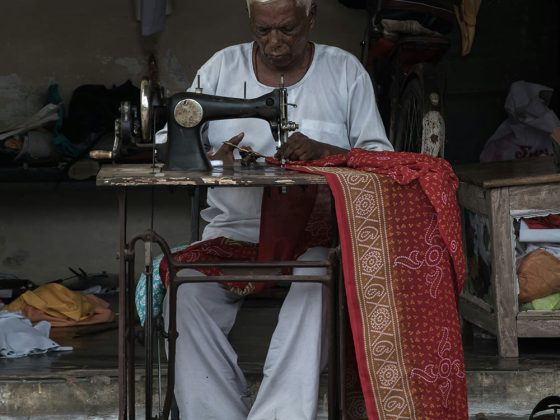
Can People With Dementia And Alzheimer’s Be Crafty?
Dementia and Alzheimer’s patients can be crafty if the right approach is implemented. Thus, it is essential to debunk the myths associated with it and understand its importance through meaningful engagement and tailored activities.
Crafty activities for dementia patients stir a sense of purpose, interest, and social interaction helps foster a person-centered approach, thus providing meaningful engagement. This helps to enhance and stimulate a patient’s cognition.
Using visual aids, clear and simple instructions and adaptive tools to suit the patient’s needs may get them interested in activities such as drawing, crafting, and painting.
- Maintaining cognitive function and delay cognitive decline.
- Provide a sense of accomplishment, boost self-esteem, and enhance a sense of fulfillment.
- May foster social connections and evoke communal well being
- Maintain autonomy and a sense of independence.
What Are Some Specific Craft Ideas And Activities For Dementia Patients?
Let us look at some specific craft ideas and activities for dementia patients that may stimulate cognition and provide a sense of accomplishment and excitement.
- Creating finger puppets involves cutting fabrics to the same size, stitching them together, and gluing them.
- Find old magazines, cut them, and glue them to create a collage.
- Use washable paints and paper to create artwork using different colors and textures
- Use pre-made pages, photos, and stickers to create a scrapbook.
- Modeling clay to create different shapes and textures
- Finger painting with washable paints and paper
- Users have different textures, such as sand, rice and beans, to explore and play with.
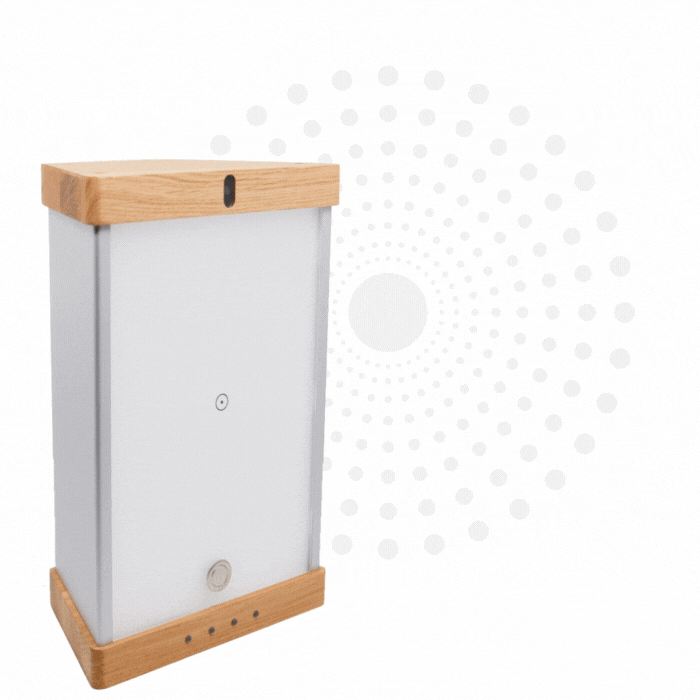
Enhance your brain performance through the power of light.
Comfortable and easy to use 40Hz light therapy to support and improve your brain function.
View Our LightHow To Use Craft Kits For Dementia Patients
- Reducing stress and anxiety
- Stimulating the senses such as touch, sight and smell
- Creating neuroplasticity that improves memory
- Provide a sense of community and connection with other dementia patients.
- Kits that are simple, easy to use and require minimal instructions
- Colorful and vibrant with several materials
- Promotes personalization, such as scrapbooking or jewelry-making
- Baking or gardening kits that help foster positive emotions and memories
- Able to adapt to patients interests and abilities, thus creating flexible and creative activities.
What Are The Best Art Project Ideas For Someone Living With Dementia?
- Sculpting with clay or wood is a good way to gain engagement and participation. Dementia patients can use clay to form shapes and designs that relate to them
- Working on woodwork projects can provide patients with a sense of confidence and purpose. Ensure that the woodworking tools are safe and in a secure location.
- Drawing is another way to express creativity with dementia patients. They can use soft pencils and large paper sheets for them to draw. It is also easy for them to use stencils or pre-made templates that can help guide them in their artwork.
- Photography is a method that can be used to showcase a dementia patient’s thought process and creativity. By using a smartphone or a lightweight camera, they can take pictures of objects, people, and nature and then use them to describe what they see in the image.
What Are Technology-Based And Themed Activities For Dementia Patients?
- Tablets and laptops can be used to provide visual engagement, such as by creating digital collages, a personalized playlist, or video logs.
- Technology can also be used for reminiscence therapy by assisting in the creation of digital albums, recording patients’ past experiences, and creating virtual tours of places they once visited.
- Video conferencing tools can also be used to connect with family, friends, or caregivers, allowing them to join an online forum and use a platform to join and play digital games and puzzles.
Technology-Based Dementia Activities For Seniors
- Music apps that provide a platform for seniors to compose and create music
- Art apps that allow dementia patients to draw and paint
- Reminiscence app that uses sound and images to evoke positive memories.
- Devices that use touch screens or gifts for dementia patients such as virtual reality headsets bring seniors to a safe and familiar space.
What Is A Memory Café And How Does It Help Dementia Patients?
A memory cafe is a group that allows dementia patients and caregivers to be able to socialize, attain support, and enjoy activities. It is designed as a safe and welcoming space for patients with Alzheimer’s dementia, mild cognitive impairment (MCI), memory issues, memory loss, and other cognitive issues such as stroke.
Memory cafes may provide benefits for dementia patients, such as connecting with other patients with similar ailments, breaking down the stigma associated with memory-related issues, promoting cognitive therapy through singing, art therapy, storytelling, and other engaging activities, and providing a place for emotional support. Social activities are integrated into these settings through music therapy, art therapy, storytelling, games and puzzles, exercises, and crafts.
Learn What Others Have Experienced with EVY Light
See how others have achieved a sharper mind by activating their gamma brainwaves in combination with maintaining a healthy lifestyle.
Frequently Asked Questions About Craft Activities For Dementia Patients
What Are The Best Craft Activities For Dementia Patients?
- The early stage of dementia: Drawing and painting Scrapbooking with pre-made pages, stickers, and even images. Baking or helping to make cookie dough.
- Moderate stage of dementia: Collage-making using paper and other pre-cut images. Paper mache using colored paper, scissors and glue Jewelry making using string, beads and other materials.
- Advanced stage of dementia: Sensory activities such as playing with kinetic sand, water, or even sand by the beach. Music and movement to encourage physical activity. Storytelling through written, verbal or even visual aids.
How Do Arts And Crafts Help Dementia?
Arts and crafts assist dementia patients by providing positivity in terms of cognition, emotional, and social benefits.






